Zealandia: funny name, funny building, great concept. When it was started off, it was seen as a mad, wild-eyed crazy concept, that all rodents could be eradicated and just the flightless birds kept. It became New Zealand’s first – and perhaps the world’s first mainland sanctuary for flightless birds. Nowadays, of course, it has proved that it can indeed be done and indeed, the concept is being widely copied in pockets of bush all over the country. String up a totally pest-proof fence, trap the heck out the nasty mustelids inside, and transplant a few of our friendly but rather dim flightless friends, staff it with a few hundred volunteers to eternally check the traps and hooray, you’ve got a fantastic bird sanctuary.

But Zealandia in Wellington has got something else that other centres don’t have, and I’m not actually sure that it was a good idea: a bloody big building. Have you been there? Many people have, but altogether, it seems: not quite enough of them. Have you been to the show inside? Yes? More than once? Probably not? Hmmm, thought so. And right there is the problem.
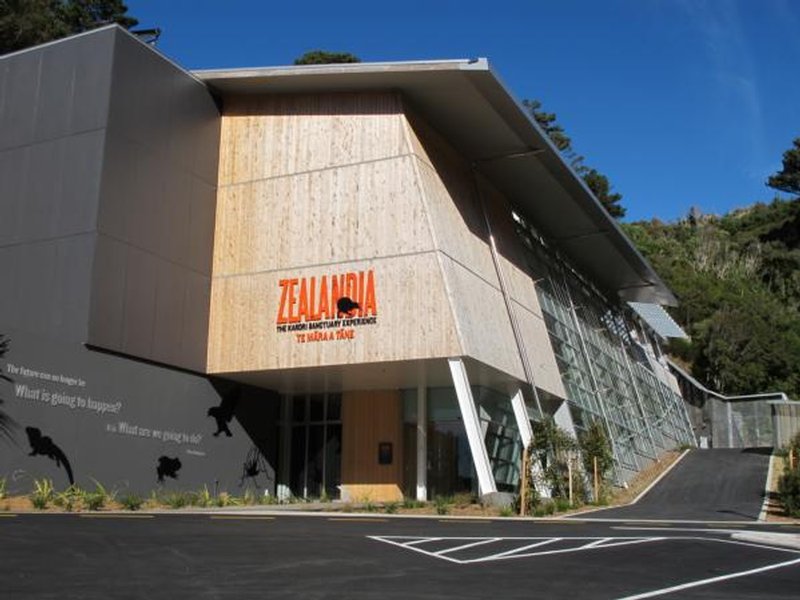
Having commissioned a building (initial brief was probably: toilets, cafe, gift shop, entry turnstiles), collectively the Zealandia team seemed to have made several errors. Whether it was the Board, or the Engineers, or the Architects, we’ll never quite know and it doesn’t really matter any more, but Firstly: the site chosen was, in retrospect, probably quite wrong. Huddled up against one side, with a giant window looking out to the valley, the site unfortunately straddles the fence and provides a really awkward junction – plus, if memory serves me right, there was a massive amount of new earthworks due to the location on a drain, or tunnel, or something with loose soil. Expensive, long delays in getting the foundations in. Cost goes up.

Secondly: Scope Creep. Was it in at the beginning, or was it added in later? – at any rate, the top floor has a massive exhibition space, behind the giant window, of a show explaining what you might see inside. Helpful, animatronic birds (such as a moa) come out to play. Cost really goes up.
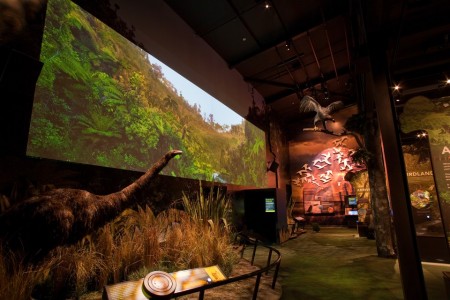
Thirdly: The show, unfortunately, is one of those black-box experiences with no views out, so that giant window is closed off, and for good measure, plants grow over the outside. Never a good idea to have a building so blunt that the client wants to grow ivy over it, from day 1. Cost gets silly.
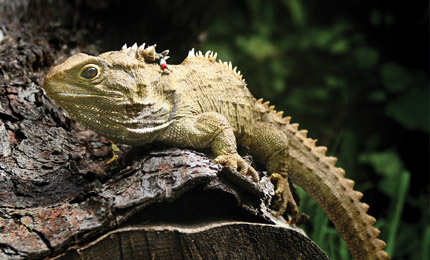
Fourthly: Financial mis-management – not deliberate, but just that people who like to look after cute flightless birds are not necessarily the world’s best at keeping track of project purse-strings. I’m not interested in naming names, but some of the heads of the sanctuary have been a bit of a fruitcake. Costs lose all grip on reality.

Fifthly: Prostrating yourself over a barrel, in anticipation of the Wellington City Council coming along like a “white knight” and saving your sorry arse. Costs now over $10 million.

In reality, that’s next to nothing, and the WCC have now got a world-famous, world-class, world-first bird sanctuary almost right in the heart of the city, and a flash new building to boot. We (citizens of Wellington) should not be complaining but rejoicing – it is a strong tourist attraction (if they all go to the exhibition once, that’s great), as well as a regional schools attraction (again: once each is great), as well as a wonderful resource in our very own back yard. I saw a pair of green and red Kakariki sitting on the trolley bus wires in Courtenay Place the other day, squawking away, and have been watching the Kaka Kam with interest.

I look forward to an overload of Tui forcing their way into inner-city apartments, in search of jars of honey to pillage. I look forward to people getting a grip on themselves, and realising that the Zealandia we have, whether or not it has a weird name (that used to belong to a Catholic newspaper, and to a lost continent before that), and a weird exhibition (for gods sake, open up that window!), but that it is a truly great asset for the city. Best thing ever. And long may it continue to prosper, for another 500 years at least.
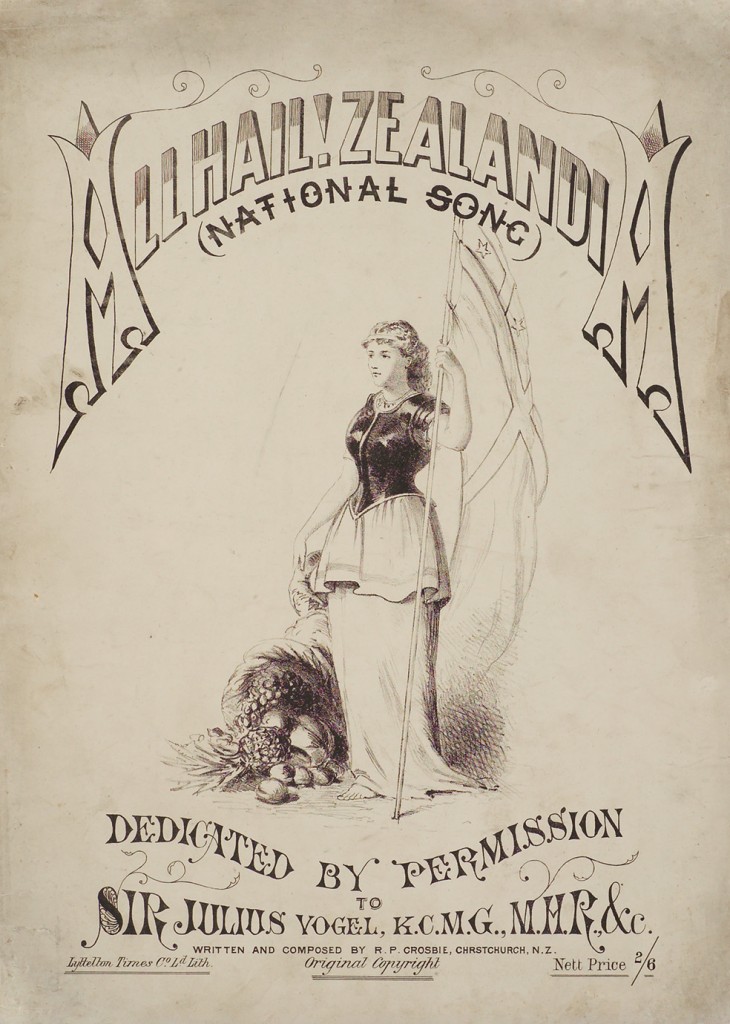
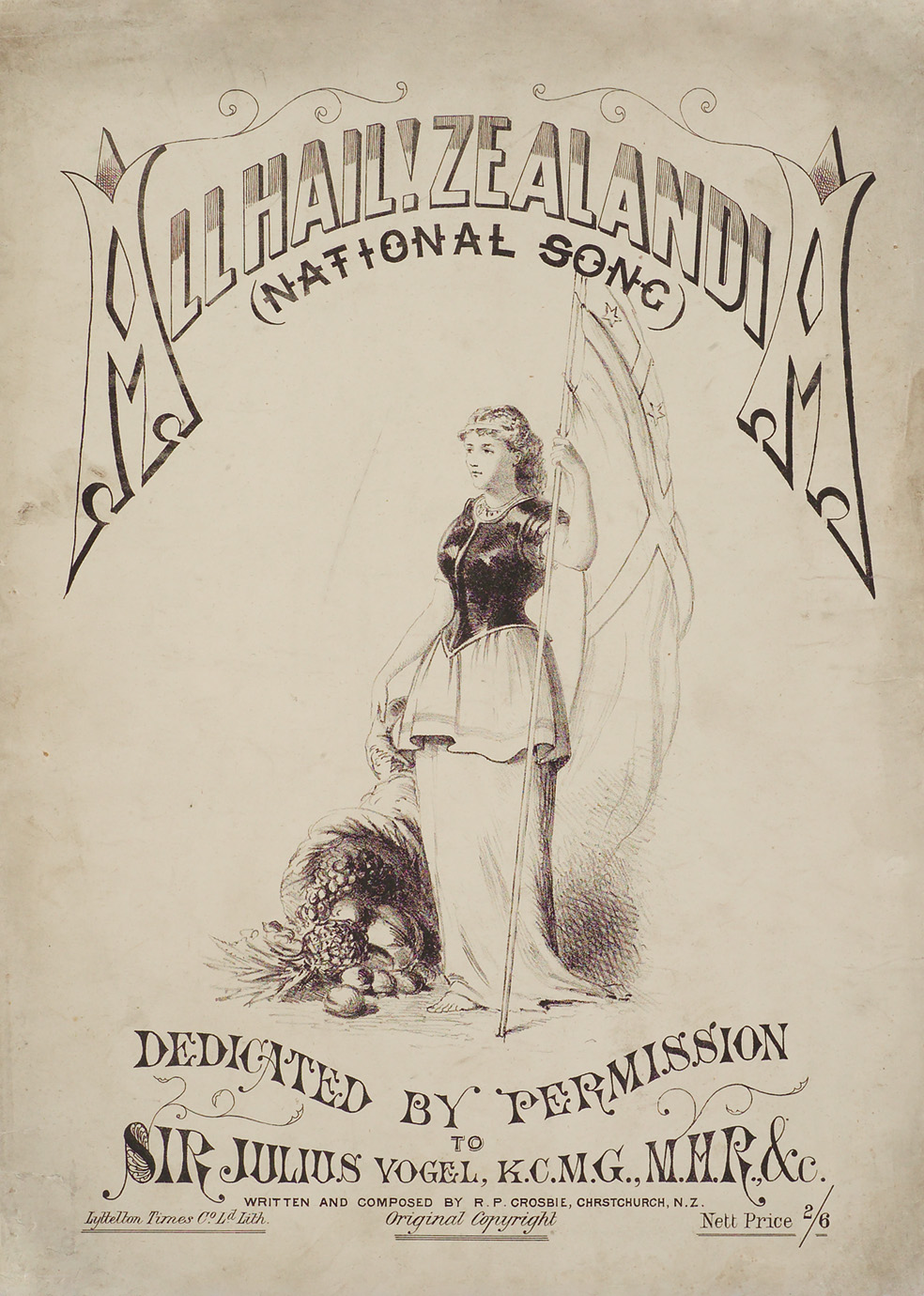




Isn’t it the other way round? That Zealandia has actually got WCC over a barrel? “Take over our building debt or we let the pests back in” ?
Hmmm. Well, on that note, the Dom has also weighed in…
http://www.stuff.co.nz/dominion-post/comment/editorials/73463748/zealandia-is-a-conservation-treasure-but-a-financial-mess
I must say I prefer the Waitomo Visitor Centre hinake…
oops… hinaki
Have you ever been to the Lake Rotokare Scenic Reserve just out of Hawera?
Same concept as Zealandia…. a ring-fenced reserve with bird recovery and community education.
http://www.rotokare.org.nz/
But…. no entry fee….. that’s right folks…. you can have successful conservation/restoration projects without ripping off the general public, without spinning stories that omit the failures, and without monuments to crass egos.
Thanks Maggie – no, I haven’t been there, but now I’ve heard about it, it makes me want to go now! Yes, you’re probably right – the entry / exhibition building probably is a huge Ego project for someone – and to me, the exhibition designers have screwed it up even further, but I’ll say one thing for Zealandia – it does have a good public name for itself. It is marketed strongly and has incredibly strong support from its legions of volunteers. Which is part of its success.
I’m not really too fussed about the politics behind it though. To me, the only thing matters is the birds, and that it remains a sanctuary for our little furry friends for the rest of time. That’s the key thing. How do we make sure that it remains a safe haven for the next 50, 100, 500 years?
Well, I’ll agree to differ re the politics of Zealandia. There is a limited amount of money available for conservation in NZ. We don’t want to waste it on unsustainable projects. There is still lots of habitat around Wellington that needs protection….. 30 years ago I was one of the folks who prepared a list of Wellington’s ecosystems/areas that needed protection (Natural Wellington). The project got diverted into Zealandia….. one little valley has now received many millions of dollars. In the meantime entire natural landscapes of the Wellington peninsula and coast have become degraded.
The City Council could do a lot more for Wellington’s biodiversity by giving more financial support to the many volunteer groups trying to protect/restore habitats throughout Wellington.
Zealandia’s valley isn’t going to disappear…. as long as pest control continues, all will be ok there.
A load of spin-doctors/managers/publicists are not necessary for the conservation of Wellington’s biota.
How Do You Make Something Last 1,000 Years?
And just in – a Dom Post editorial from yesterday:
http://www.stuff.co.nz/dominion-post/comment/74292246/zealandias-future-built-on-decades-of-hard-work
OPINION: This year Wellington is celebrating the 20-year anniversary of Zealandia, and it’s time to reflect on the achievements to date.
We’re also celebrating 20 years of pest control in council reserves.
That these two initiatives commenced at the same time is far from a coincidence.
The same group of people involved in establishing Zealandia also worked with Wellington City Council and Greater Wellington Regional Council to restore Wellington’s biodiversity, which was at that stage at critical low levels.
The action was necessary. In 1990, it is estimated there were only six breeding pairs of tui remaining in Wellington city.
Tui, like almost all other native species that had fallen to mammalian predators, were on the brink of local extinction.
That they have now become a common sight in many of our backyards cannot be put down to good luck.
It is entirely due to the foresight of visionary Wellingtonians, hundreds of thousands of volunteer hours and a substantial investment of ratepayer funding.
The vision was to bring the birds back to Wellington and it was recognised Wellington would need to do something extraordinary to achieve that aim.
In the early 1990s Jim and Eve Lynch, Forest & Bird and a core group of supporters made a comprehensive inventory of all of Wellington city’s natural assets and drafted a plan to ensure their preservation.
This plan was called Natural Wellington: A Plan to Preserve and Enhance the Natural Treasures of Wellington City.
Jim’s next proposal was not only extraordinary, it was a world-first.
He proposed to construct a predator-proof fence around 225 hectares of reserve in Karori, effectively in the middle of our capital city.
Initially, many considered the idea to be off the wall and impractical.
Offshore predator free islands were being trialled by DOC, a mainland island had not been considered.
Over time support grew and ultimately gained the approval of more than 90 per cent of submitters.
Extensive possum control also started at Otari-Wilton’s Bush in 1995 and has expanded to include 4500 hectares of land thanks to staff from Wellington City Council, Greater Wellington Regional Council, dedicated volunteers and supportive businesses.
Twenty years on, a predator-free Zealandia, pest control efforts in our reserves and over 1 million planted trees by volunteer groups and council has contributed to a dramatic increase in the number of native birds in Wellington’s parks and reserves.
A recent survey found that whitehead and kakariki are now permanent residents in Trelissick Park, while bellbirds and kakariki are a common sight in Khandallah Park and Otari-Wilton’s Bush.
Kereru are nesting on Miramar Peninsula for the first time and native falcons have taken up residence on Te Ahumairangi Hill, leading to some thrilling encounters for walkers.
Kaka are expanding their reach throughout many of the city’s suburbs and tui numbers have grown from those six breeding pairs to more than a thousand.
Zealandia was the cornerstone of this biodiversity renaissance and it’s here the birds really thrive, making it Wellington city’s ecological heart.
Wellington City Council provides a grant to Zealandia for services it undertakes on behalf of the council to maintain tracks, the predator-proof fence, ongoing surveillance of pests, scientific research and extensive conservation activities to restore the valley’s eco-systems.
The results show it’s money well spent.
Without Zealandia Wellington would not have the native bird species, which have become a part of life for Wellingtonians, who cherish them in their backyards on a daily basis and place a great deal of value on their presence.
It’s difficult to imagine our city without them and we’d be much poorer for their absence.
And 10,000 members, most of them Wellington based, are among the nearly 100,000 visitors the sanctuary now receives each year.
It’s for these reasons that Wellington City Council’s relationship with Zealandia has never been stronger.
Zealandia is governed and managed extremely well, with the new board appointed in 2012/13 putting the sanctuary’s operations on a sound and sustainable financial footing.
What’s more the tens of thousands of volunteer hours it receives each year mean ratepayers are getting good bang for their buck.
Zealandia is, first and foremost, a conservation project and it has paid back the city in spades with its outstanding results.
The council has full confidence in its leadership and its future contribution to the wider efforts that will make Wellington an outstanding natural capital.
Zealandia’s future, and its value to Wellington, have never shone brighter.
Wellington Mayor Celia Wade-Brown, Deputy Mayor Justin Lester, environment committee chairwoman Iona Pannett, natural environment portfolio holder and Zealandia guardian Helene Ritchie, and transport and urban development chairman and Zealandia Guardian Andy Foster.
– The Dominion Post